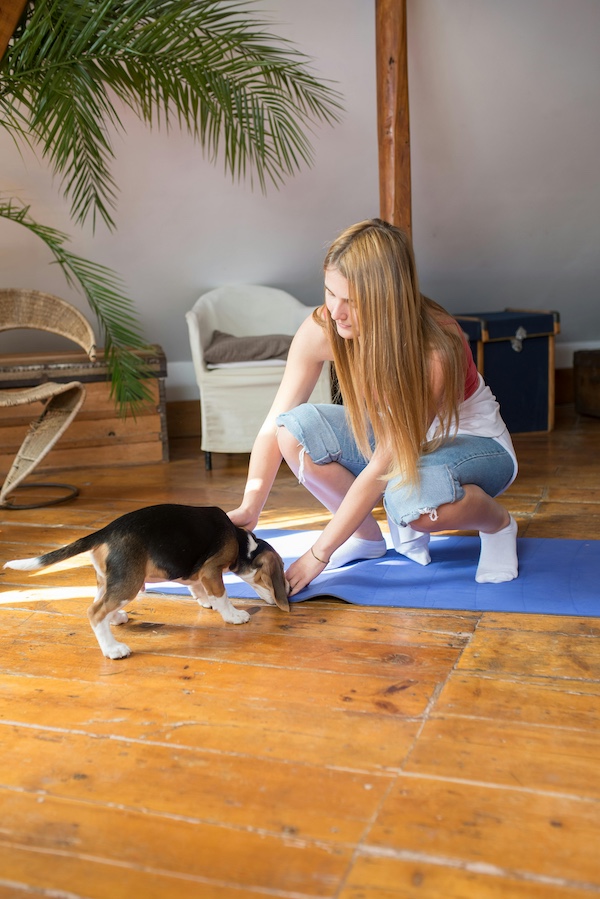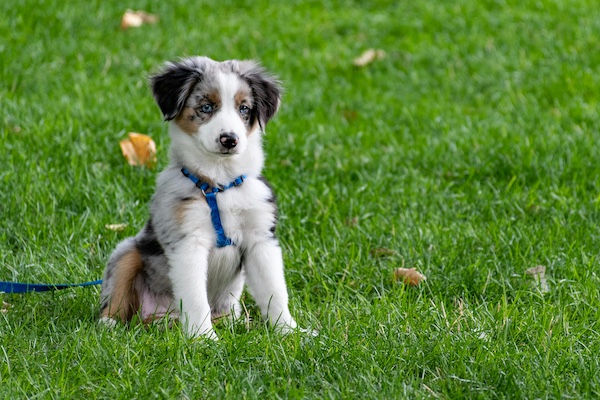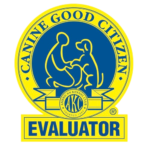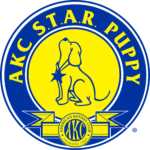Bringing home a new puppy is one of the most exciting milestones in a dog owner’s life. That first tail wag, the playful pounce, and even the inevitable chewed-up sock—all part of the package. But among the cuddles and chaos, there’s one question I hear all the time: “When should I start training my puppy?”
The answer? Immediately.
From the moment your puppy walks through your door, they’re learning. Whether you’re actively training or not, they’re observing, absorbing, and forming associations. Every interaction, every routine, every response you give them is shaping how they’ll behave in your home.
That doesn’t mean you’re jumping into obedience drills the first night. Puppy training is more about laying a solid foundation than expecting perfect behavior. The earlier you start, the easier it is to guide your pup into becoming a confident, well-mannered dog.
Why Early Training Matters
Dogs don’t come into the world understanding human rules. They don’t know not to jump on guests, chew your shoes, or pull on the leash. These are things we teach them—and the earlier we begin, the more natural those behaviors become.
Early training helps your puppy:
- Understand boundaries and expectations.
- Learn to look to you for guidance.
- Build confidence in new situations.
- Prevent unwanted habits from taking root.
Think of it like raising a child. You wouldn’t wait until age five to teach manners or basic routines. Dogs are no different. They thrive when there’s structure, consistency, and clear communication from the start.
What Age Can You Start Training a Puppy?
Most formal training can begin as early as eight weeks old—and honestly, that’s the ideal time to start. At this stage, puppies are mentally ready to begin learning simple cues, building trust, and adapting to your household routine.
Now, to be clear: training an eight-week-old isn’t about drilling commands. It’s about laying a gentle framework. Teaching your puppy to respond to their name, introducing basic cues like “sit” or “come,” guiding them toward good potty habits—these are foundational pieces of the bigger picture.
Keep expectations realistic. Puppies have short attention spans and plenty of energy. Training sessions should be short, upbeat, and always end on a positive note.
What to Train First (Weeks 8–12)
In the first few weeks, it’s less about what you teach and more about how you teach. Your focus should be on helping your puppy feel safe, confident, and curious in their new environment.
Here are the main areas to concentrate on:
- Name recognition: Teach your puppy that their name means “pay attention to me.” Say their name in a happy tone, reward them for turning toward you, and keep it fun.
- Potty training: Consistency and supervision are key. Take your puppy out often—after eating, napping, and playing—and reward them immediately after they go in the right spot.
- Crate training: The crate should be a safe, comfortable place. Start with short sessions, toss in a few treats, and never use it as punishment. This is also the start of teaching independence and calm alone time.
- Socialization: Begin gently exposing your puppy to different people, sounds, textures, and safe environments. Early positive exposure makes a huge difference later on.
- Basic cues: “Sit,” “come,” and “touch” are simple, practical commands to start with. Use tiny treats, a cheerful voice, and lots of praise.
Your goal here isn’t precision—it’s to build trust and establish communication. Make training a game, not a chore.
The Critical Socialization Period (3–14 Weeks)
This developmental window is probably the most important—and most overlooked—stage in a dog’s life.
Between three and fourteen weeks of age, your puppy is forming lasting impressions of the world. This is when they learn what’s safe, what’s scary, and how to respond to new experiences. Puppies who are well-socialized during this time are typically more adaptable, less fearful, and easier to train later on.
Expose your puppy to:
- A variety of people (ages, genders, ethnicities, clothing styles).
- Different sounds (vacuum, blender, traffic, thunderstorms).
- New environments (parks, car rides, vet’s office, sidewalks).
- Other well-mannered, vaccinated dogs.
Keep the experiences positive and low-pressure. Don’t flood your puppy with too much stimulation at once. If they’re unsure, give them space. Use treats and praise to help them form positive associations.
This stage is short but powerful. Make the most of it.
What to Train Next (12–16 Weeks and Beyond)

As your puppy gains confidence and maturity, you can start adding layers to their training. By 12–16 weeks, they should already have some basic cues under their belt and be familiar with your household routine.
Now it’s time to build on that foundation:
- Stay and wait: These commands teach impulse control and patience—skills that will serve you both well throughout your dog’s life.
- Down: A helpful calming cue that also reinforces boundaries.
- Loose-leash walking: Start in your home or yard before moving to more distracting environments. Reward frequently and keep sessions short.
- Handling exercises: Practice gently touching their paws, ears, and mouth to prepare them for vet visits and grooming.
- Calmness around distractions: Reward your puppy for sitting quietly as people walk by, cars drive past, or the doorbell rings.
Remember: training isn’t a checklist. It’s an ongoing process. Repetition, consistency, and patience are your best tools.
Common Mistakes to Avoid in Early Puppy Training
I’ve worked with hundreds of dogs and their humans, and I see a few common pitfalls over and over—ones that are easy to avoid if you know what to watch for.
- Waiting too long to start
Some people assume they need to wait until their dog is “a little older.” The truth is, the earlier you start, the better. Waiting often allows bad habits to take root. - Doing too much, too fast
Training isn’t about how many cues your dog knows—it’s about how well they understand and respond to them. Avoid overwhelming your puppy with long sessions or too many new things at once. - Inconsistency
Dogs learn through repetition. If one family member lets the puppy jump on the couch while another says “no,” your puppy won’t know what’s expected. Get everyone on the same page. - Using punishment or harsh methods
Fear-based training shuts dogs down and damages your relationship. Stick with positive reinforcement. Reward what you want to see more of, and redirect or manage what you don’t. - Neglecting socialization
Skipping early exposure can lead to fear, reactivity, or anxiety down the line. Don’t let a lack of time or knowledge rob your dog of critical life skills.
Building a Routine That Works
Effective training doesn’t require hours a day—it requires intention. Keep your sessions short and sweet, just 5–10 minutes a few times a day. Puppies have short attention spans, and quality matters more than quantity.
That said, training isn’t limited to “sessions.” The best kind of training happens throughout your daily routine:
- Ask for a “sit” before meals or putting on the leash.
- Reward your puppy for calm behavior without being asked.
- Practice recall in your backyard during playtime.
- Gently redirect chewing or nipping and provide appropriate alternatives.
Training should be woven into your puppy’s day like a natural part of life—not a chore to check off a list.
Final Thoughts
If you’re wondering when to start training your puppy, the answer is simple: start today. It’s never too early to teach your dog what’s expected, to guide them gently, and to set the tone for a lifetime of good behavior.
Start with the basics. Be clear, be consistent, and be patient. And most of all, make training fun. Your puppy is learning more than just commands—they’re learning to trust you, to look to you for guidance, and to enjoy working with you.
Those early days go by fast. Take the opportunity to build something meaningful with your dog right from the beginning, and you’ll thank yourself for years to come.





